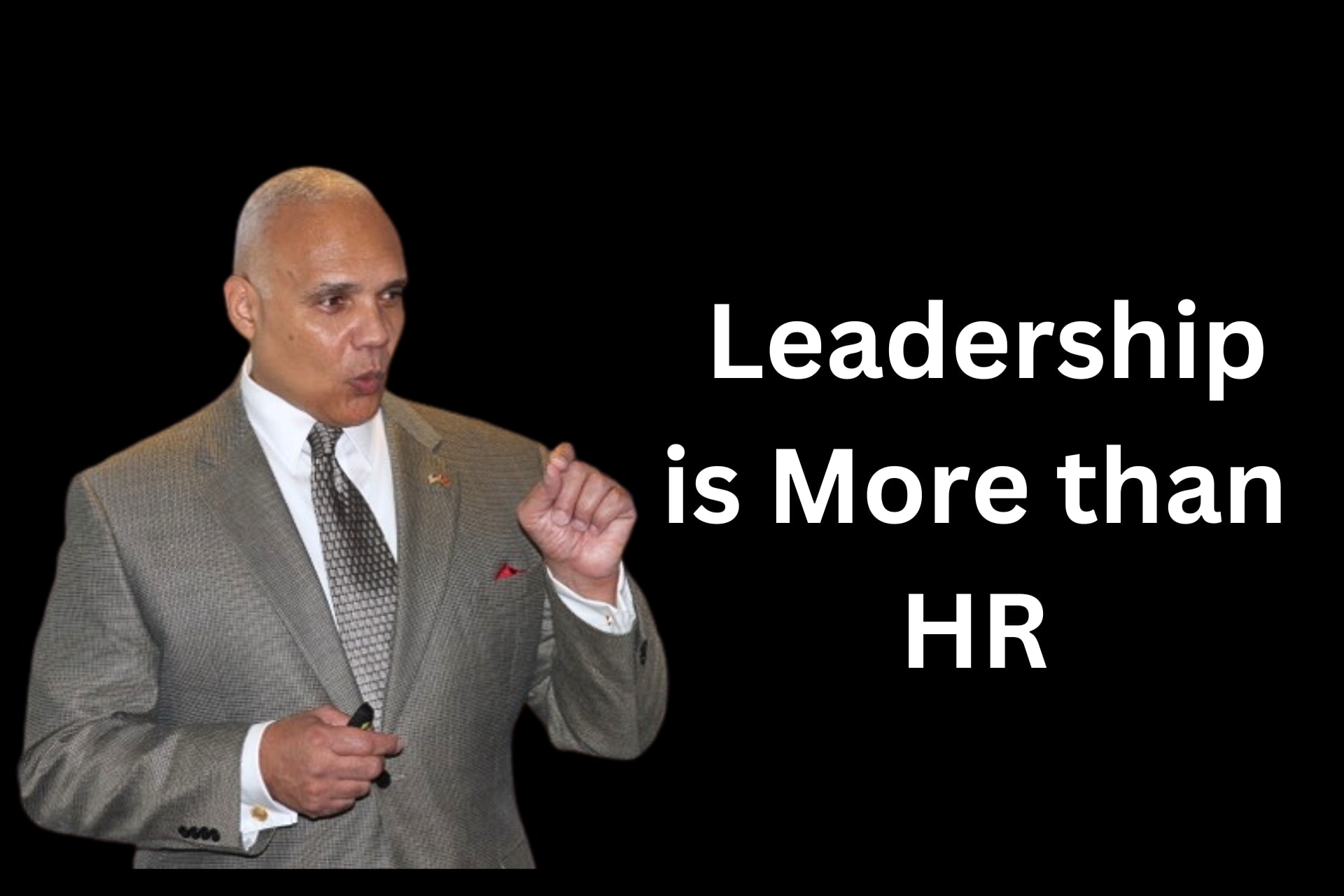The Art of Followership – Navigating the Devil’s Triangle Part I
The first step in becoming an effective leader is to know how to follow. Learning to follow can be just as difficult as learning to lead. Learning to follow can be as filled with danger as navigating the Devil’s Triangle.
 The Devil’s Triangle, also known as the Bermuda Triangle, is a place in the western North Atlantic Ocean that is rich in folklore. The stories are of airplanes and ships mysteriously disappearing. Some tell of unknown enigmatic forces that suck objects and people into another dimension. Others point to scientific explanations that explain the disappearances. The sea stories, although intriguing, are not true, sea stories rarely are. There is, however, a Devil’s Triangle that does exist for the upwardly mobile, mid-level management employee, often referred to as the “High-Potential Employee.” And so this Devil’s Triangle I refer to as the HiPo Triangle.
The Devil’s Triangle, also known as the Bermuda Triangle, is a place in the western North Atlantic Ocean that is rich in folklore. The stories are of airplanes and ships mysteriously disappearing. Some tell of unknown enigmatic forces that suck objects and people into another dimension. Others point to scientific explanations that explain the disappearances. The sea stories, although intriguing, are not true, sea stories rarely are. There is, however, a Devil’s Triangle that does exist for the upwardly mobile, mid-level management employee, often referred to as the “High-Potential Employee.” And so this Devil’s Triangle I refer to as the HiPo Triangle.
Navigating the Devil’s Triangle
The HiPo Triangle, the less dramatic, but more descriptive name being the High Potential Triangle is a scary place for those who dare to enter it. A place, if navigated well, that can bring the high potential employee to the pinnacle of their chosen profession.
The three points of this triangle are not, of course, Bermuda, Miami and Puerto Rico, rather:
-
-
- Loyalty
- Communication
- Implementation
-
Unlike the superstitious seafarer who will plot a course to circumvent this triangle, the high potential employee is forced to enter. The high potential employee is the employee recognized as having talent and now elevated to the ranks of the first line supervisor and, in most cases, this is their first supervisory role.
The triangle is vexing waters. It has claimed many careers on its jagged rocks and hidden shoals. Be happy! You would not be here if someone did not think you were capable of assuming greater responsibility in the organization.
Having successfully sailed these waters, I provide the following reef points (advice for the less nautical reader) to those in the triangle and those about to enter. Learn the art of followership, the most overlooked point of the triangle. The art of followership requires three· basic skills: loyalty, communication and implementation.
Loyalty
Loyalty is being committed to your organization, your supervisor and the people who are responsible to you for completing the task – your front line every day, get-it-done employees.
Loyalty is not Miss Justice holding her apothecary scale while wearing a blindfold. That may work in the legal system but not in business, any business. Loyalty has eyes that see and scales that tip.
Being loyal to your organization is doing more than is expected. It is performing your job as though you invented it. Being loyal to your supervisor is not being a sycophant, nor speaking ill of your boss to others. Agreeing with your boss on every issue or liking your boss is not a requirement; respect for their position and responsibility is. Being loyal to your team of employees is ensuring they are resourced, trained and capable of doing their job. It is praising them in public and chastising in private. Taking the time to know who your team members are, on a personal level. I suggest empathy for what is going on in their lives carries tremendous value. No one will remember what you said; few will remember what you did; everyone will remember how you made them feel. When your team members feel good about working for you, they will carry you through the darkest moments in the high potential triangle.
There will be dark moments.
Check my next month’s blog post for more on this.






